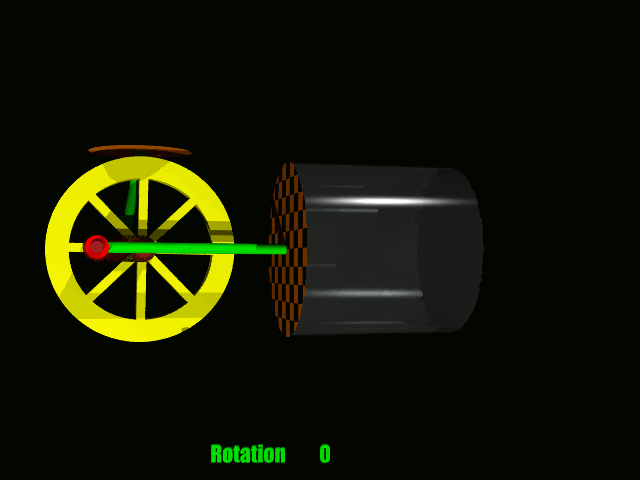Working on a Stirling hot air engine.
Making a displacer out of .018" thick stainless steel rolled into a tube. Diameter about 2.5" and about 10" long.
If the hot end of the displacer had a silver brazed on copper end about 1/8 thick would it be a good or bad idea?
Thinking it would make for quicker heating of the air at the hot end.
Making a displacer out of .018" thick stainless steel rolled into a tube. Diameter about 2.5" and about 10" long.
If the hot end of the displacer had a silver brazed on copper end about 1/8 thick would it be a good or bad idea?
Thinking it would make for quicker heating of the air at the hot end.





